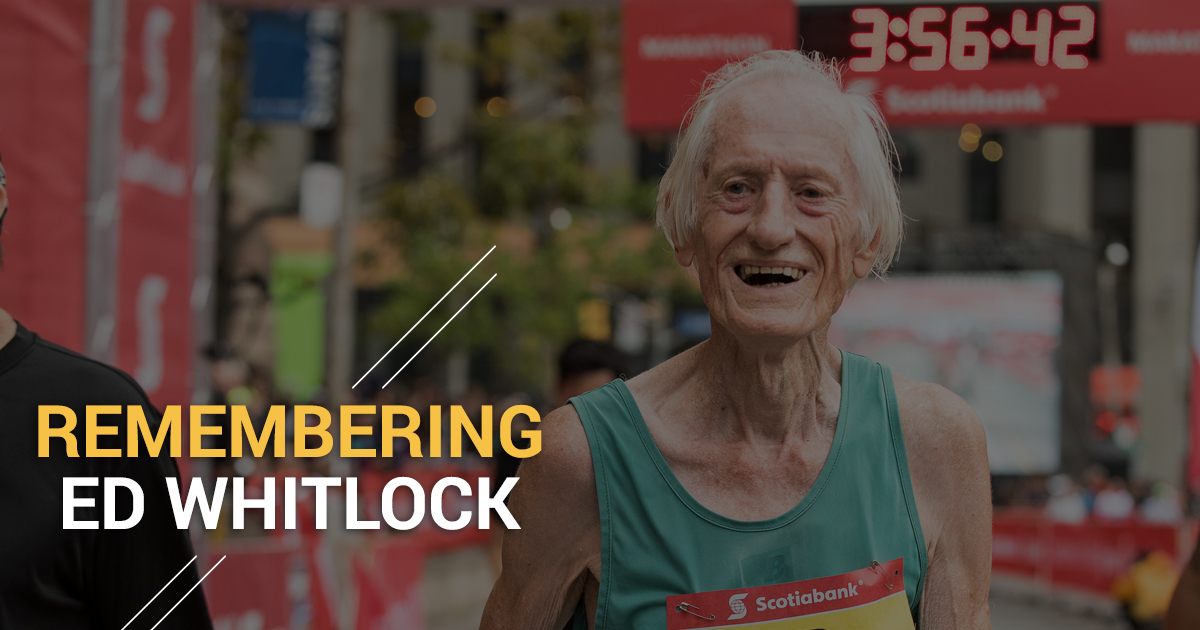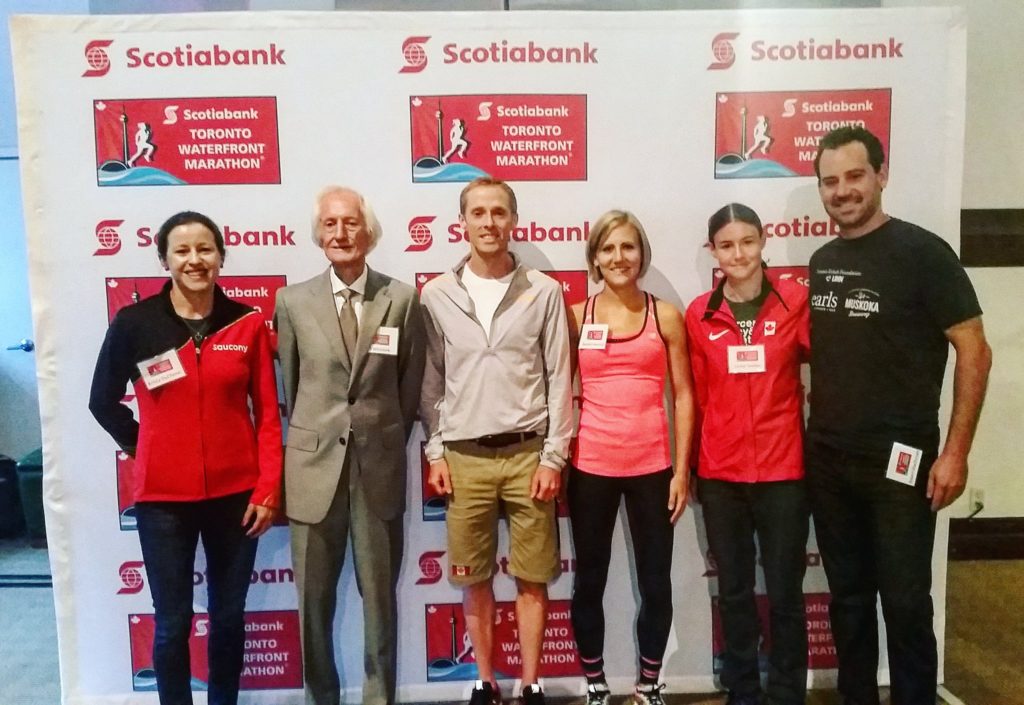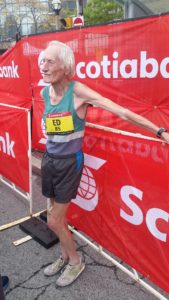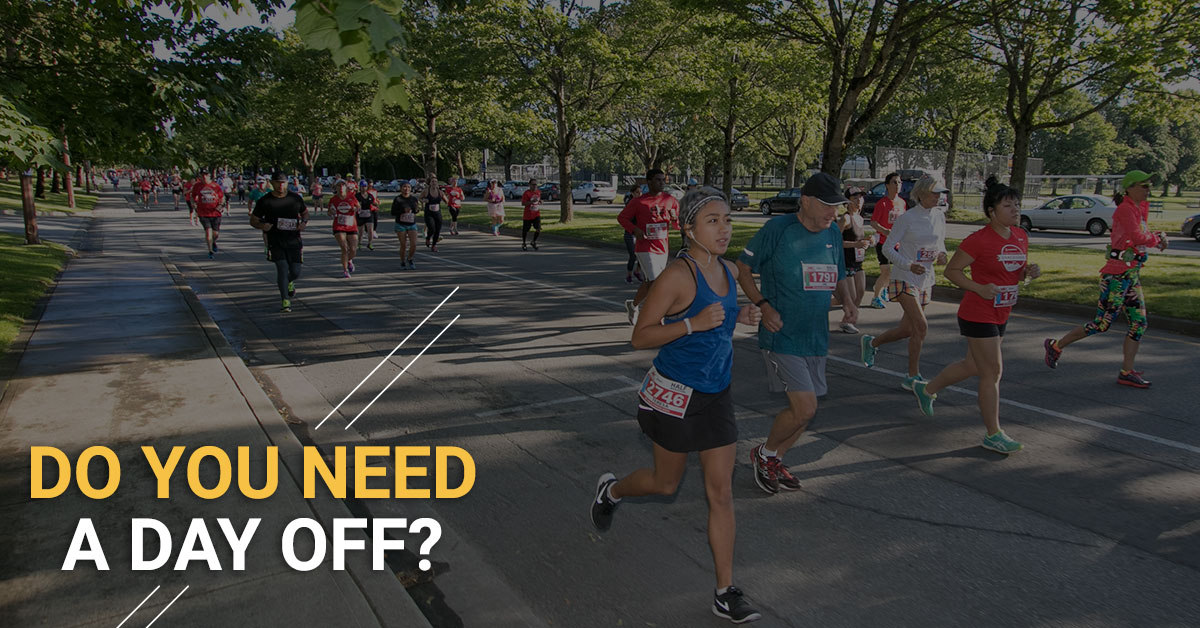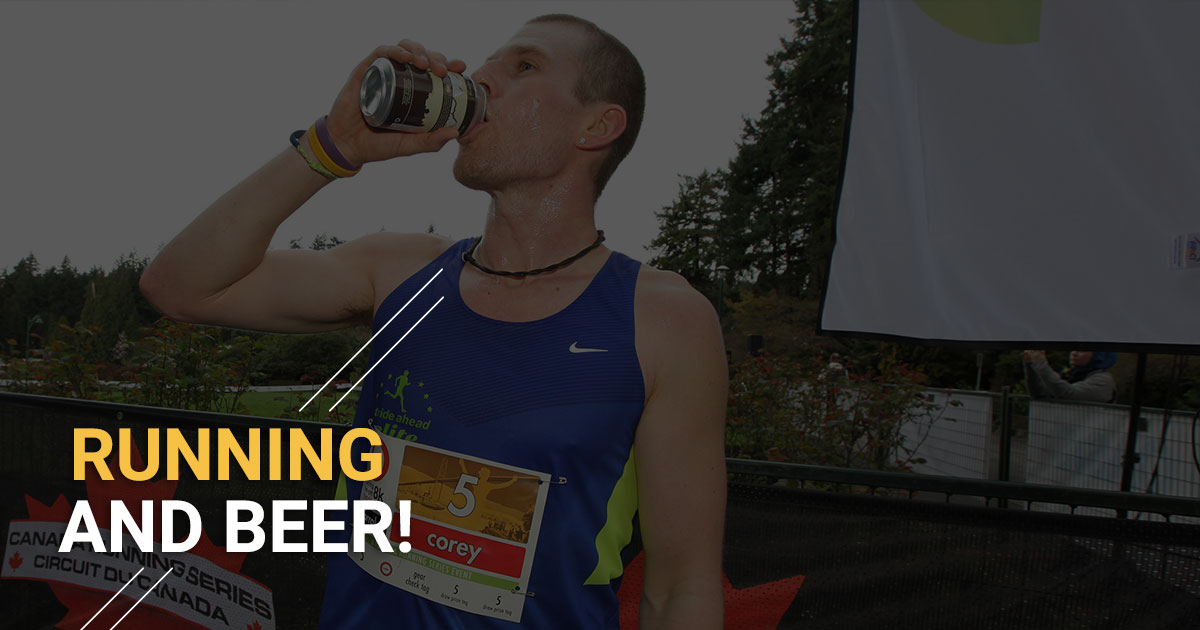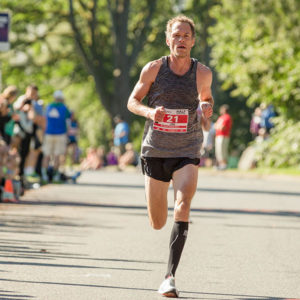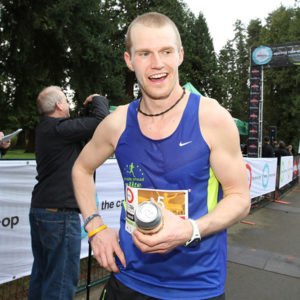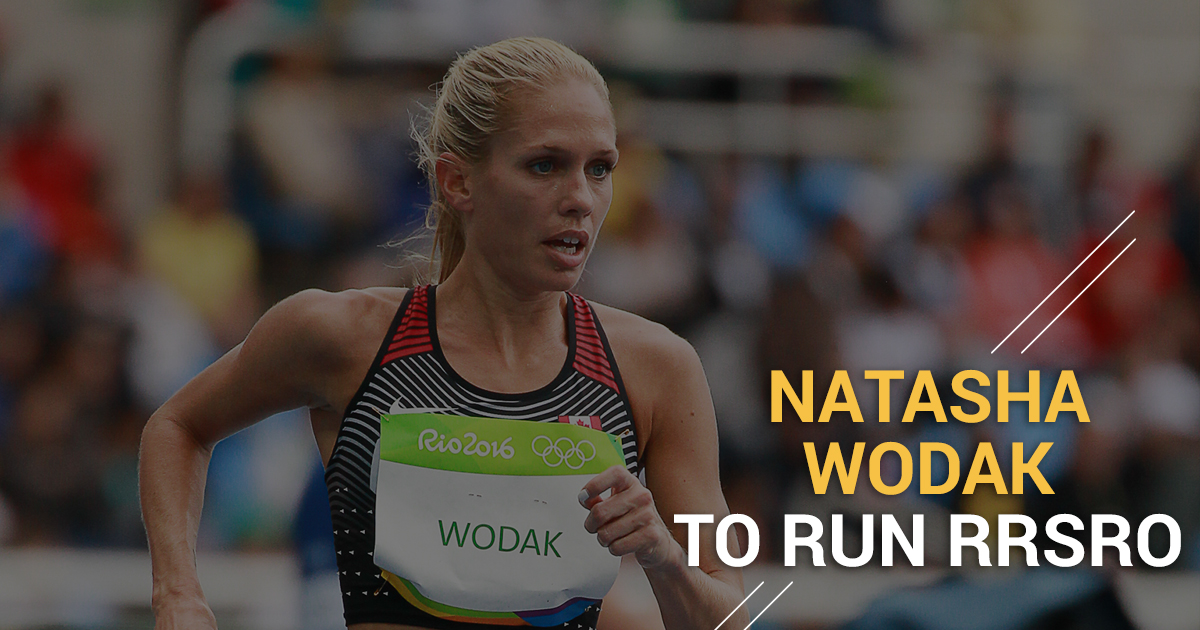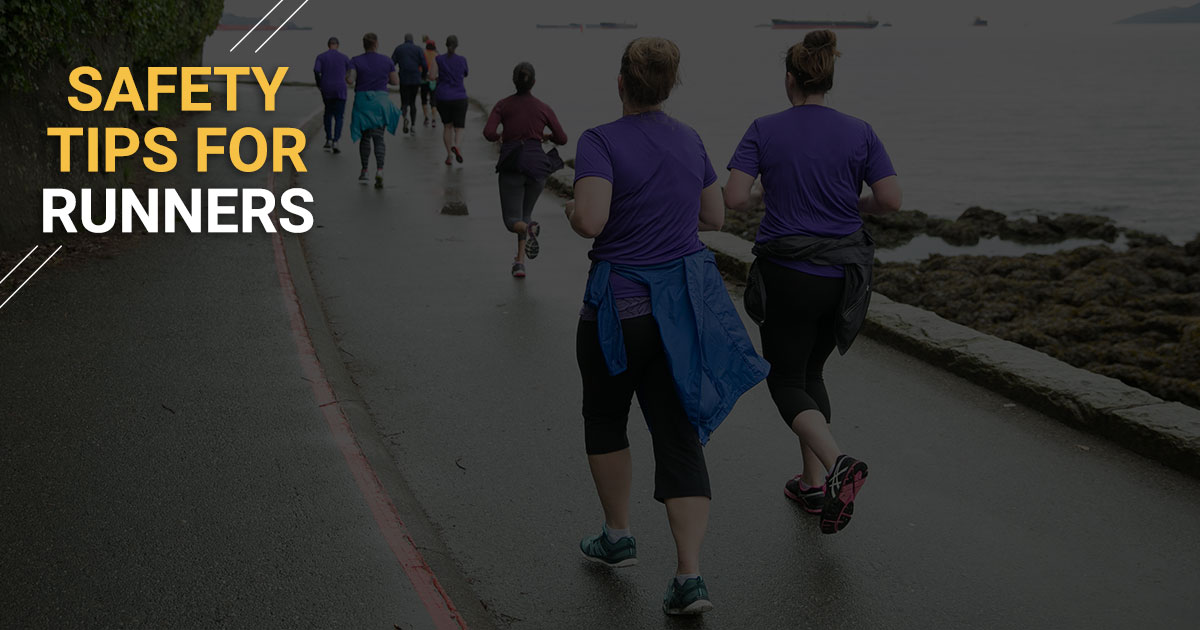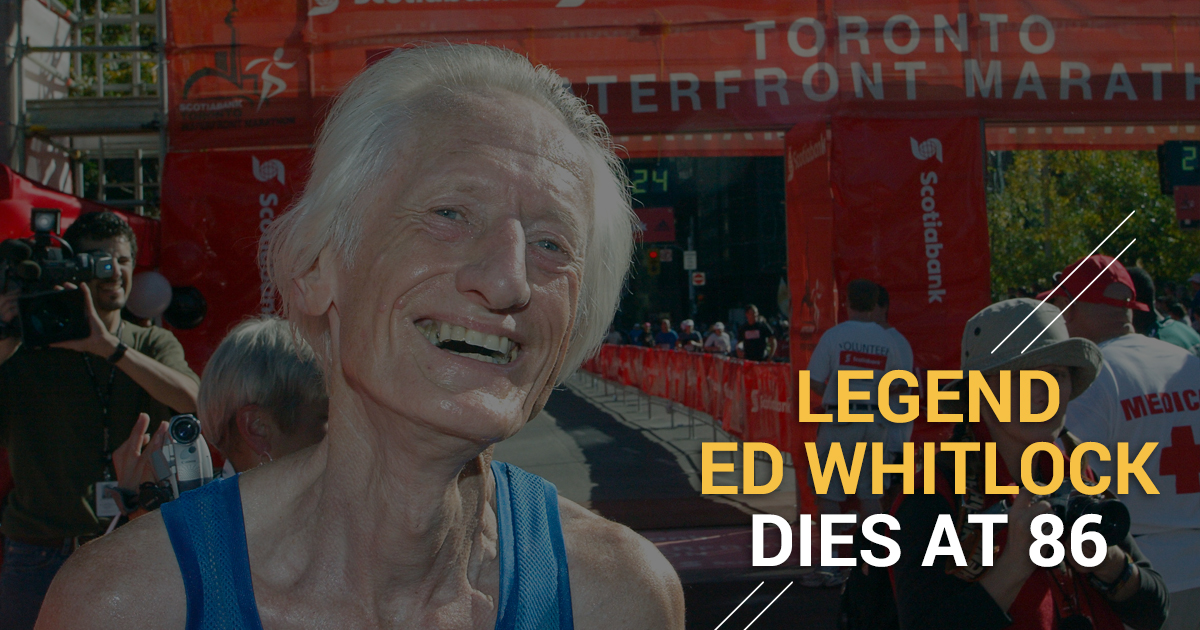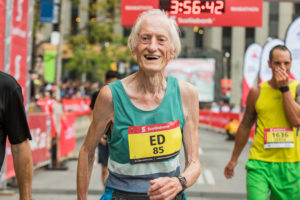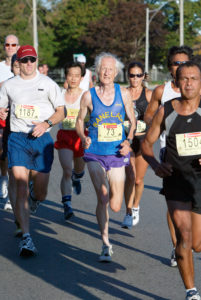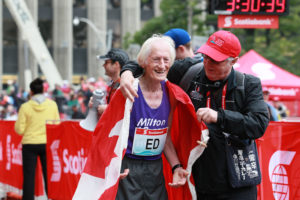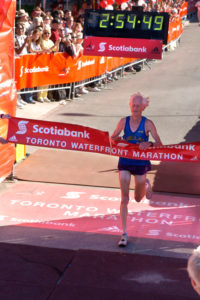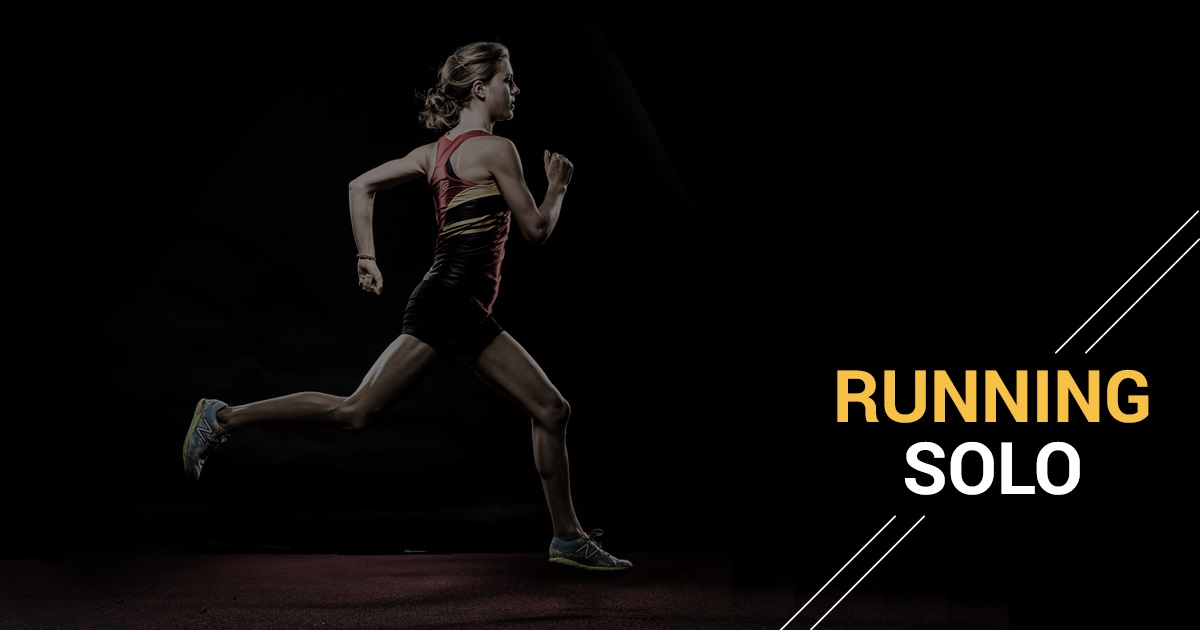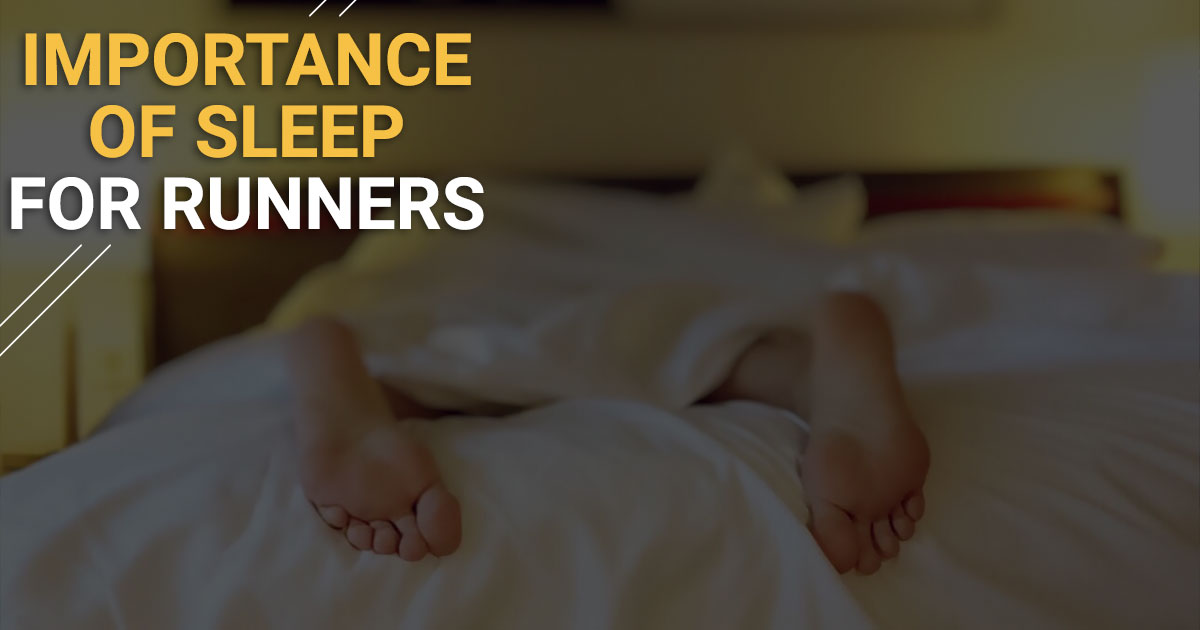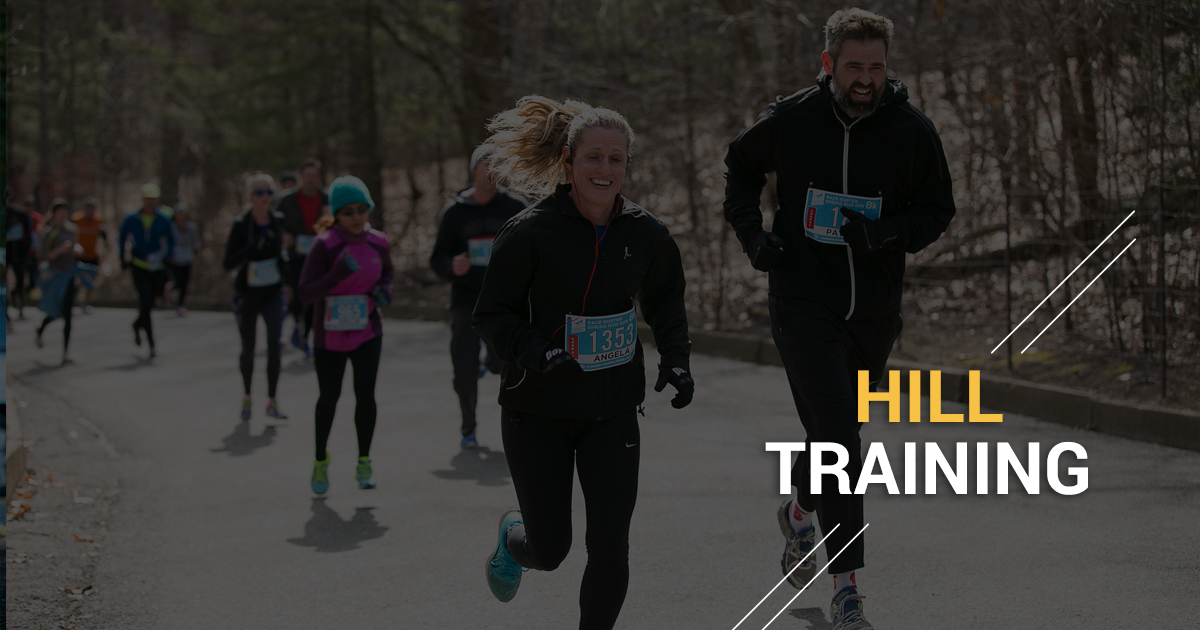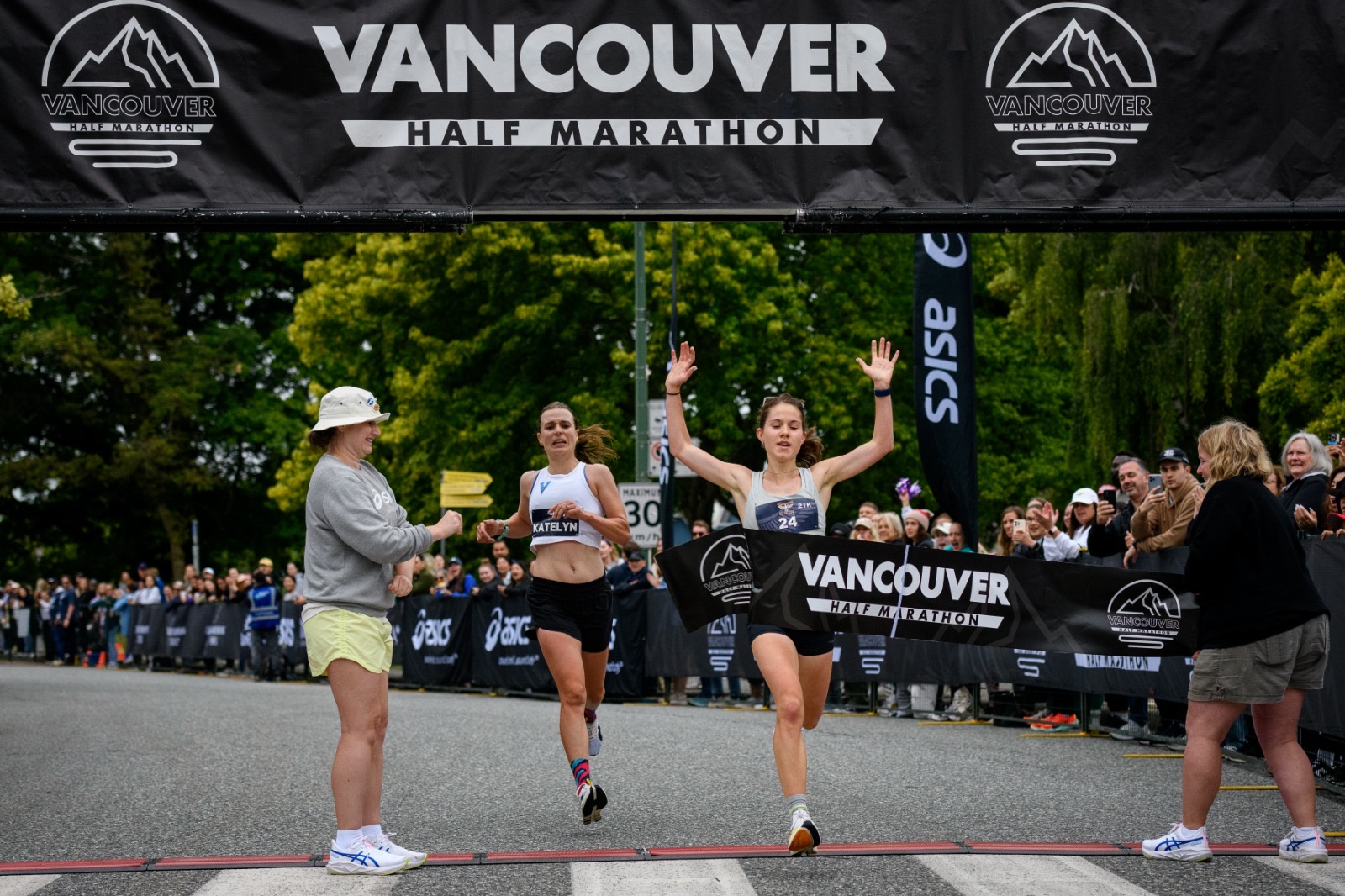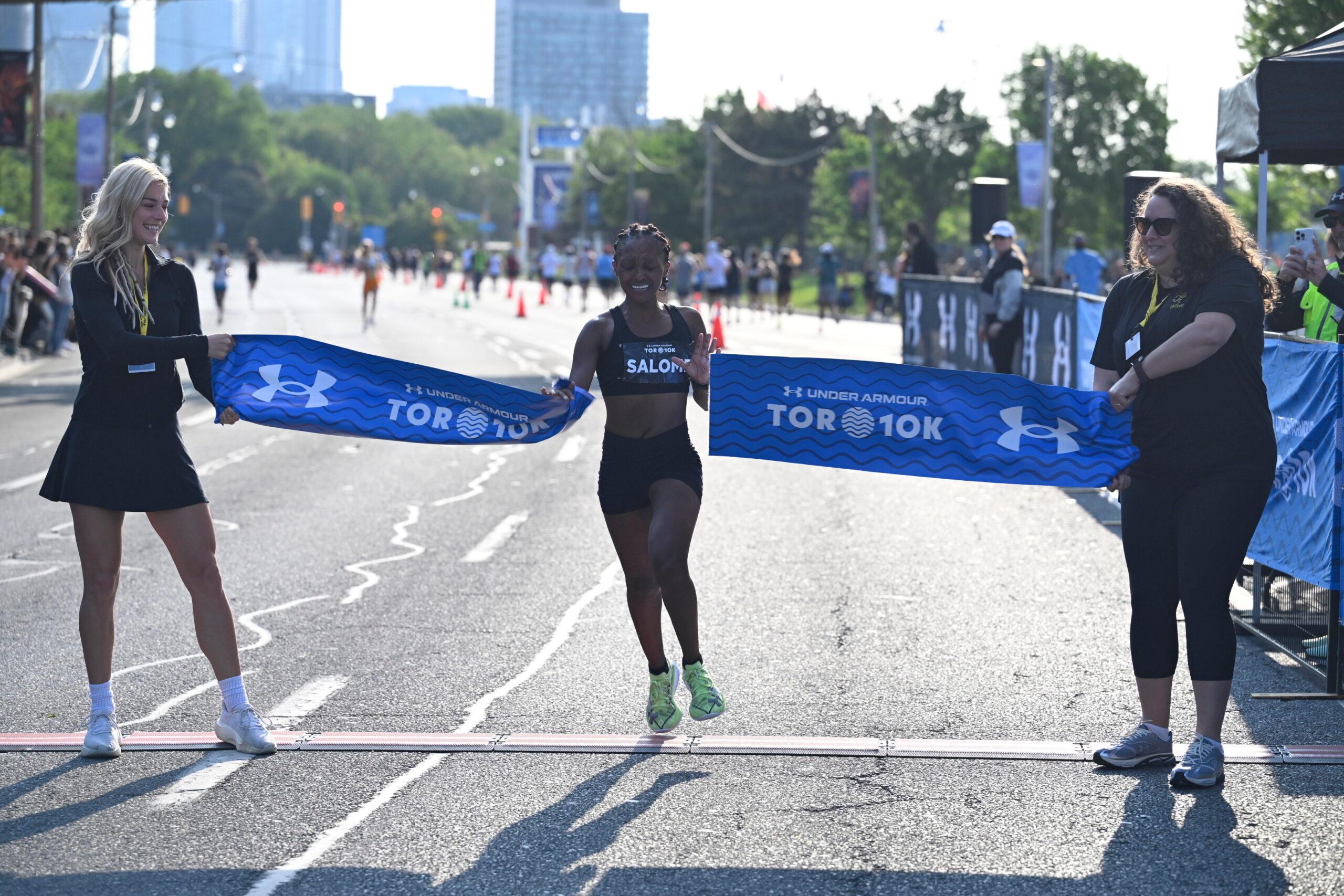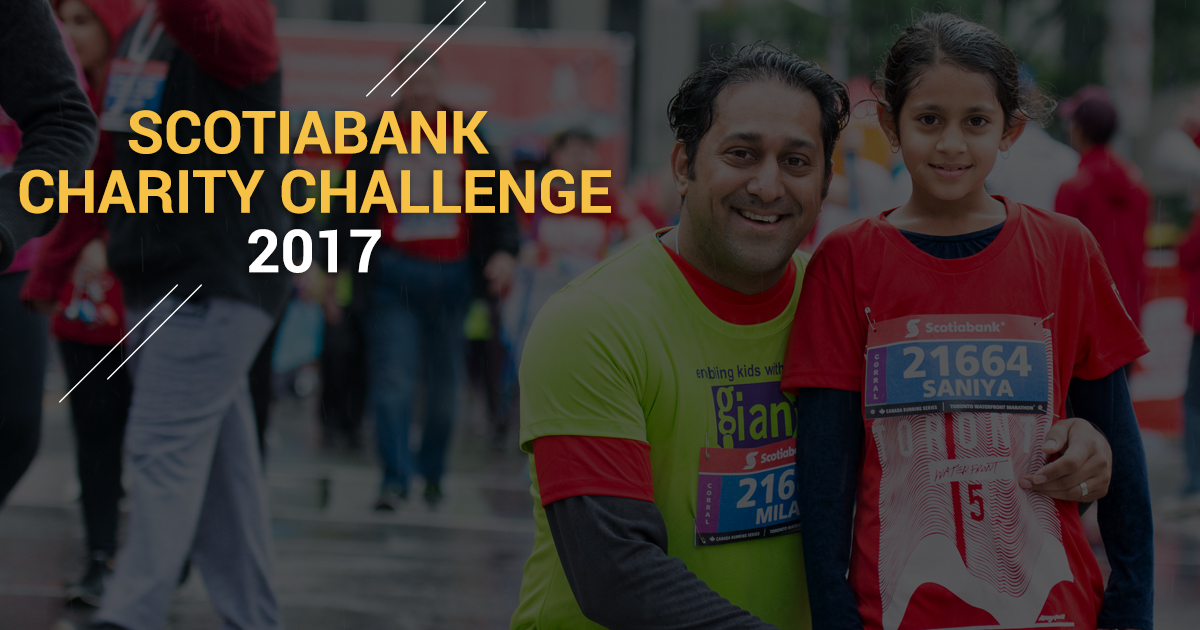
By: Amy Friel
When Giant Steps Toronto took to the streets more than ten years ago as part of the Scotiabank Charity Challenge at the Scotiabank Toronto Waterfront Marathon, the prospect of raising more than a million dollars towards their cause was little more than a pipe dream.
Founded in 1995, the York Region-based school and therapy centre offers an integrated program of academics along with speech, behavioural, and occupational therapies for elementary school students with autism. Amidst the hundreds of official charities who participate in the Charity Challenge each year, they’re a comparatively modest operation – but their more than ten years of participation in the event has had a decidedly significant impact.
“In the beginning, it was just kind of a group of parents of kids with autism,” recalls Joanne Scott-Jackson, the Director of Development for Giant Steps Toronto. “But we got really enthusiastic, and we raised $20,000 that first year.”
Since their Charity Challenge debut in 2004, Giant Steps Toronto has raised more than $1.1 million in funding for their programs. They’re the smallest charity by far to make it into the Charity Challenge’s “Million Dollar Fundraising Club”. For a local organization with limited resources, it’s a fundraising opportunity that could never have been possible without the marathon’s help.
“Events are kind of risky prospects for many charities, particularly small ones who have limited resources,” Scott-Jackson explains. “You have to have a lot of skill to pull these events together; they’re risky, they’re time-consuming, and they can be costly as well. So for a small charity like us to be able to piggyback onto such an established, world-renowned fundraising and athletic event, the opportunity is very unique.”
For more than 550 official charities who participate annually in six community road races across Canada, the Scotiabank Charity Challenge offers the opportunity for a large-scale fundraising event that’s both low-cost and low-risk, allowing organizations to invest their resources into fundraising rather than logistics. For Giant Steps Toronto, the Scotiabank Toronto Waterfront Marathon has become their largest annual fundraising event, accounting for about 20% of their yearly fundraising dollars.
And while impressive, their success story is far from unique.
“Since we launched the Scotiabank Charity Challenge in 2003, runners in six community races across the country have collectively raised more than $50 million for community charities,” says Kyle McNamara, Scotiabank’s Executive Vice-President, Global Retail Banking Technology.
To help charities maximize their dollars raised, Scotiabank covers the cost of transaction fees, and offers additional team awards and incentives, complete with cash prizes, to those participating in the Charity Challenge.
“Scotiabank believes in giving back to the communities where we live and work,” says McNamara, an avid runner himself. “The Scotiabank Toronto Waterfront Marathon is more than a great running event – through the Scotiabank Charity Challenge, the race raises money for local charities that help to create a stronger future for young people and build vibrant communities.”
For Joanne Scott-Jackson, the event has become a true community celebration, drawing together a diverse collection of individuals who have a deep personal connection to her organization and its work.
“A lot of people who run or walk with us are parents of kids with autism, or family members, or friends, or staff,” she says. “A lot of them have very intimate connections with our charity, and very direct connections with the kids who are benefiting from our program.”
Ever the enthusiastic bunch, Giant Steps Toronto fielded a team of 139 participants in last year’s race – the charity with the largest amount of fundraising participants in the 2016 Charity Challenge, for which they were awarded an additional $6,000 towards their fundraising campaign. The award was the latest in what has become a strong tradition of excellence for the Giant Steps Toronto team, which has now taken home fundraising prizes nine times over their twelve years participating.
For Race Director Alan Brookes, the Scotiabank Charity Challenge is a particular point of pride, one that embodies the spirit of Toronto’s marquee marathon weekend. At once a celebration of individual endeavour and community engagement, it allows athletes of all abilities to unite in support of the causes closest to their hearts.
“This is always an exciting time – the beginning of training and fundraising for Scotiabank Toronto Waterfront Marathon and the Charity Challenge,” says Brookes. “We all share so many hopes and dreams. Very best wishes to everyone on our road to October 22nd. There, we will come together, with one goal: to make our community a better place, and celebrate your achievements. Let’s do this together!”
Runners interested in making their steps (both giant and otherwise) count this fall are invited to register for the race and sign up for the Scotiabank Charity Challenge: http://www.torontowaterfrontmarathon.com/community-and-charity/scotiabank-charity-challenge/


